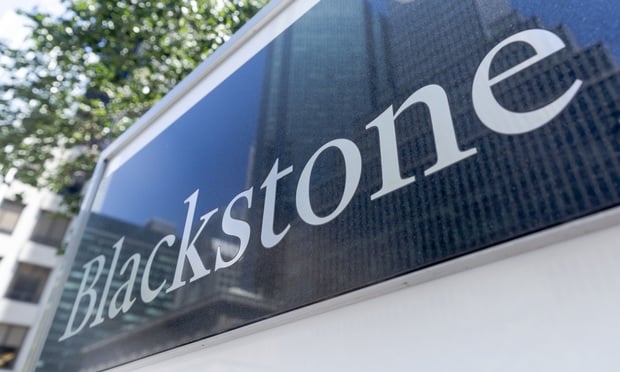The good news for distress investors: big banks see non-performing commercial real estate debt on their books double, according to Green Street Advisors.
The bad news: that's still not enough to signal bargains to go around for buyers.
Non-performing CRE debt was 0.86% of the balance sheets of the 325 largest US banks at the end of 2020, according to regulatory data that Green Street got from Trepp Bank Navigator. That was up from 0.41% the previous year but still below the 1% figure set in 2015 and far under the 8.6% from 2010.
Recommended For You
Want to continue reading?
Become a Free ALM Digital Reader.
Once you are an ALM Digital Member, you’ll receive:
- Breaking commercial real estate news and analysis, on-site and via our newsletters and custom alerts
- Educational webcasts, white papers, and ebooks from industry thought leaders
- Critical coverage of the property casualty insurance and financial advisory markets on our other ALM sites, PropertyCasualty360 and ThinkAdvisor
Already have an account? Sign In Now
*May exclude premium content© 2025 ALM Global, LLC, All Rights Reserved. Request academic re-use from www.copyright.com. All other uses, submit a request to [email protected]. For more information visit Asset & Logo Licensing.








